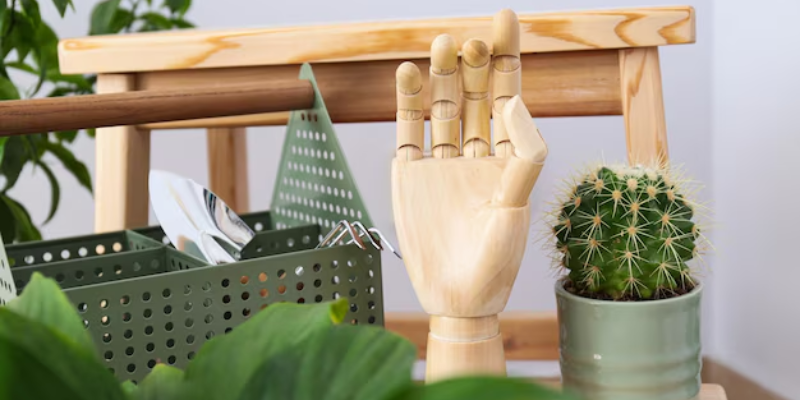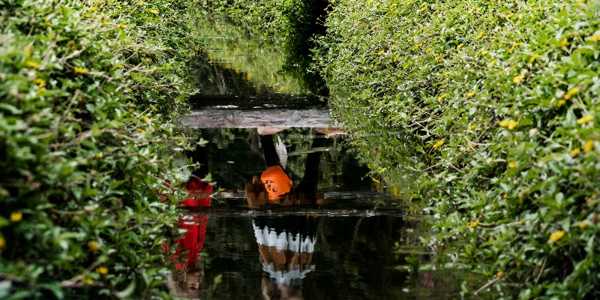12 Inexpensive Raised Garden Bed Ideas – No Need Of Digging!
Are you dreaming of a garden but short on space? It can be frustrating when you want to dig in and plant your favourite flowers or veggies, only to realize your home could have a better setup. But don't worry—raised garden beds are here to save the day.
They’re perfect for gardening in tight spaces, but here’s the catch: store-bought raised beds can be costly. So why not build your own and save big? It's easier than you think, and we have some budget-friendly DIY ideas to help you get started. Let’s check them out and get your garden growing!
Use Cinder Blocks
Cinder blocks are fantastic for raised beds! They're super durable and handle the weather better than wood. But, here's something to keep in mind—over time, they can leach alkaline into the soil, raising the pH. This means the soil will become more essential, which could affect how plants thrive.
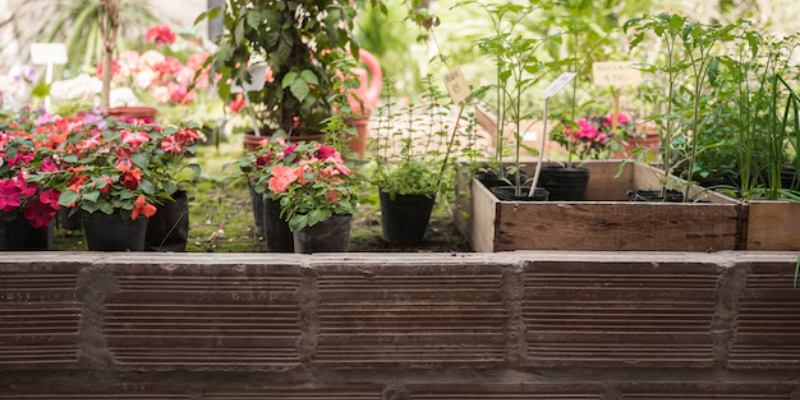
Utilize Your Steel Bin
Is an old steel bin lying around? Repurpose it as a raised garden bed! Steel bins are sturdy, weather-resistant, and perfect for growing plants that need good drainage. Add some soil, compost, and a few plants, and you're all set. They'll keep your garden looking neat while providing a unique touch.
Tomato Cages Are An Option
Tomato cages aren’t just for tomatoes. Use them in your raised garden beds to help support climbing plants like beans, peas, and cucumbers. They’re a great way to save space and keep your plants off the ground, promoting better air circulation and easier harvesting. Just place them over your plants and watch them grow up the cage.
Use Pallets
Pallets are a budget-friendly gem for raised garden beds. Just take apart the wooden slats and use them to build your bed’s sides. It’s a super simple and affordable way to create a sturdy frame. If you’ve got old fence wood or leftover furniture, repurpose that too! Not only will you save money, but you’ll add a unique, rustic charm to your garden.
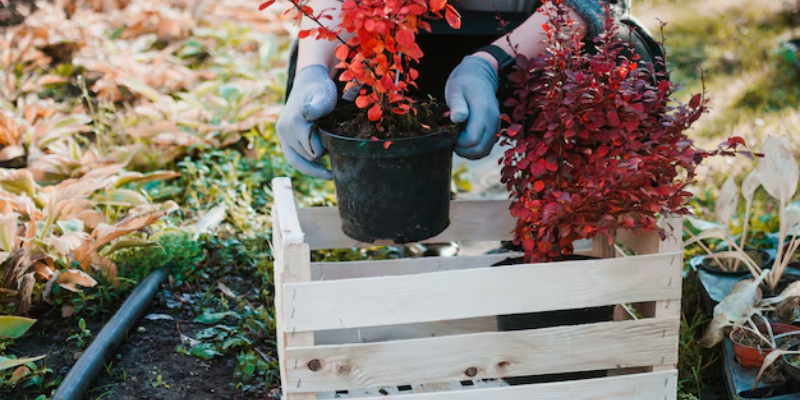
Use Straw Bales
Straw bales make an easy and unique raised garden bed option. Arrange them where you want your garden and plant your vegetables and herbs directly into the bales. They're great for vegetables and herbs, offering excellent drainage and insulation for plant roots. As the bales break down over time, they also enrich the soil.
Don’t Miss Livestock Panels
Livestock panels are a fantastic choice for raised garden beds! These sturdies and wire panels can be bent into shapes to create solid and supportive structures for your plants. Use them to form a frame or trellis for climbing veggies like peas or cucumbers. They're durable, easy to work with, and perfect for a creative, space-saving garden setup.
Old Tires Are The Best
Old tyres can be repurposed into raised beds by stacking them to your desired height and filling them with soil. It's a creative way to reuse materials, but here's a tip—avoid using them for food crops due to potential contaminants in the rubber. They work great for flowers or ornamental plants, though!
Give Rejected Lumber A Chance
Rejected lumber is a great way to build raised garden beds on a budget. Leftover or damaged wood can still be repurposed into sturdy garden frames. Make sure the wood is solid enough to hold up over time. It's an eco-friendly and cost-effective way to create a functional garden bed while reducing waste.
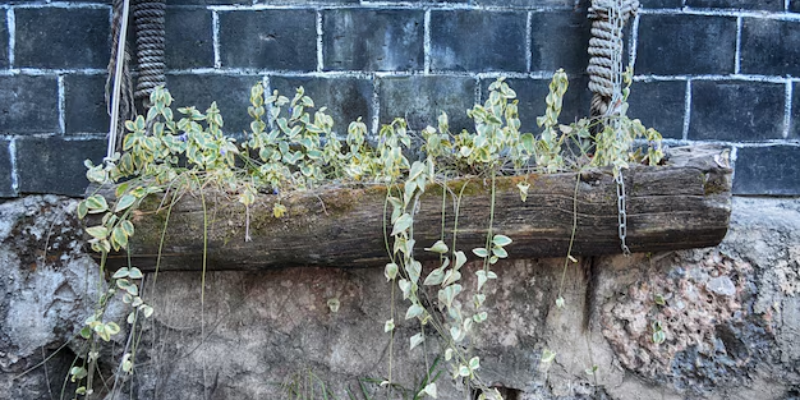
Count On Troughs
Troughs, often used for livestock feed or water, make excellent raised garden beds! You can find them new or second-hand; they come in different sizes and materials to fit your garden layout. For an even simpler option, consider buying a raised bed kit or skip the edging entirely with a hugelkultur approach, where you pile organic matter to create a raised bed.
Make Lasagna Raised Beds
Layering organic materials like cardboard, compost, straw, and grass clippings creates a rich, fertile plant environment—called sheet composting. You can stack these materials directly in your garden bed or layer them over time. Like hugelkultur, this method builds your soil with natural, nutrient-dense matter, saving you from buying soil. It's a sustainable, eco-friendly way to boost your garden's health.
Hot Beds Won't Disappoint
A hot bed is a clever way to extend your growing season by using decomposing organic materials to generate heat. Layer manure and straw beneath your soil; as they break down, they'll produce warmth that helps plants thrive in cooler weather.
Use Trellis
Using a trellis in your raised garden beds is a game-changer! It's perfect for supporting climbing plants like tomatoes, cucumbers, and beans, saving space, and keeping plants off the ground. Set up the trellis at the back or sides of your bed and watch your plants grow vertically. It not only improves airflow but also makes harvesting easier.
Start DIY Your Raised Garden Beds
Whatever method you choose, getting creative with your raised garden beds is a great way to maximize space, improve soil quality, and boost your garden's health. With a little effort and some resourcefulness, you can create a thriving garden that's both practical and beautiful.




